Funn and The Contour Collective have come together to tell a story about rewilding Scotland’s forests.
We’re passionate about the mountains and about understanding the places we ride. With widespread issues of biodiversity across the world, The Contour Collective visited the Scottish Highlands to explore Cairngorm National Park. The plan, to learn about efforts to undo centuries of man’s impact by replanting vast acres of native forest.
Contour Collective
Among Green Soldiers
The Contour Collective tell their story…
Riding this landscape is a real privilege. The Scottish access laws that allow you freedom to do so are some of the most generous in the world. Rough hill trails guide our descent past the Green Soldiers towards the granny pines which stand strong and proud amongst the heather. The tough bark and knotted branches of these historic beauties tell their own story. Their presence alone is a testament to their resilience and perseverance. They’ve stood through industrial revolutions, world wars and are now being given a chance to be part of a future focused on restoring and rewilding their surroundings.
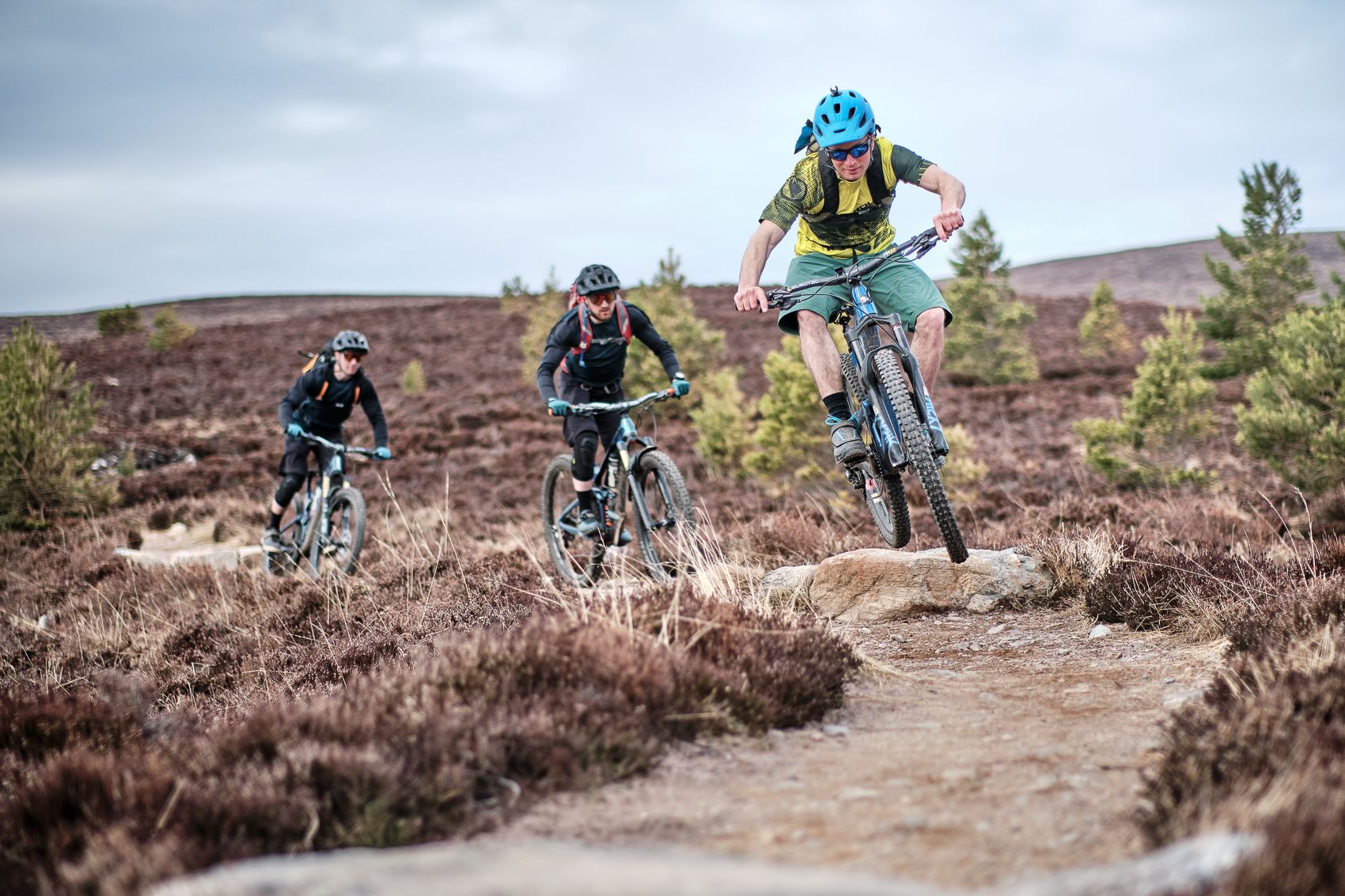
Many centuries ago a journey through Glen Feshie would have looked starkly different. Not only for the lack of bikes. While the tranquillity and beauty would remain, the biodiversity would have been markedly different. Years of timber extraction, intensive grazing and land use has eroded the complexity of the landscape to the stripped back and simplified state synonymous with more recent times – a monoculture in some places.
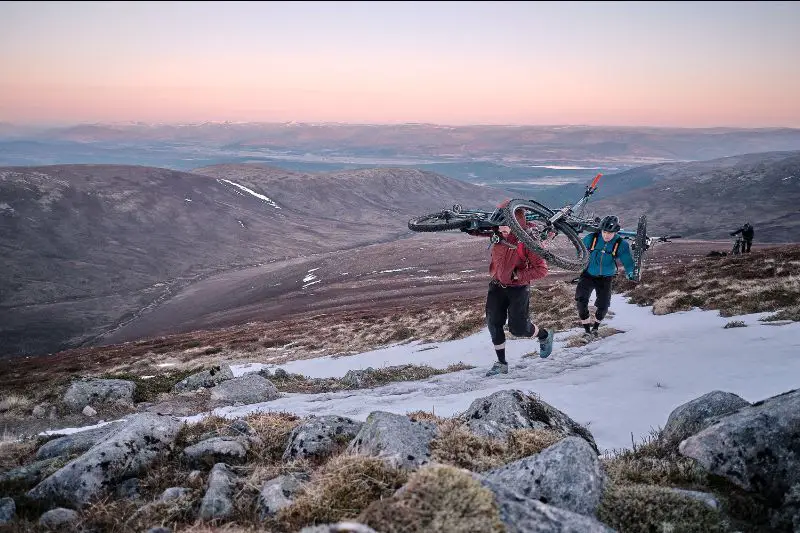
Changing Landscape
Over the centuries humans have sustained intensive land use and looking back, we’re now able to see that impact. While exploitation continues unabated in many places, we’re now in a position to observe it from a more educated position. As outdoor users and custodians of the natural environment, our understanding of how to better interact with land habitats is improving. Many landowners are making their own commitment by looking at more sustainable and beneficial land management practices in an attempt to rewild the lands and recover the biodiversity that’s been lost. Estates are combining forces and tackling this head-on. None more so than the efforts being made at the Glen Feshie Estate in the Cairngorms.
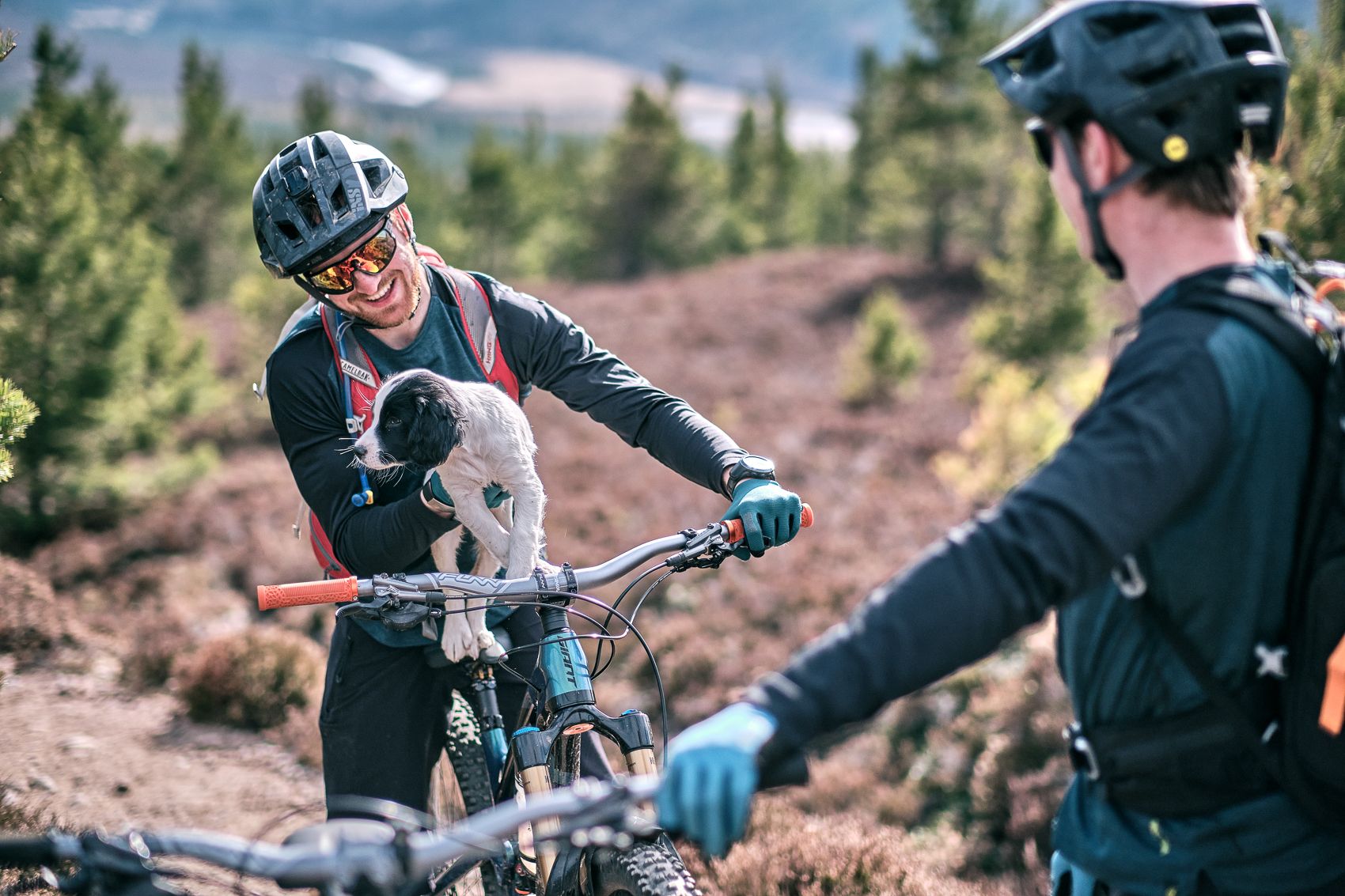
Our exploration of the Cairngorm National Park and this landscape was just beginning. After an ascent across the Cairngorm Plateau to the summit of Sgòr Gaoith, we descended off the peak of the Munro. This is undoubtedly one of the most thrilling outdoor experiences you can have, before reaching the tree line just below 600m. From the hills, you get a real perspective of the glens below, in all directions. With only a fifth of Scotland’s forests now native and 4% of Scotland’s land area being covered by semi-natural woodland, the view would have no doubt looked very different in the past. The situation is improving with forest cover increasing from 4% to 19% in Scotland over the last 100 years – whether this is the right cover begs a bigger question.
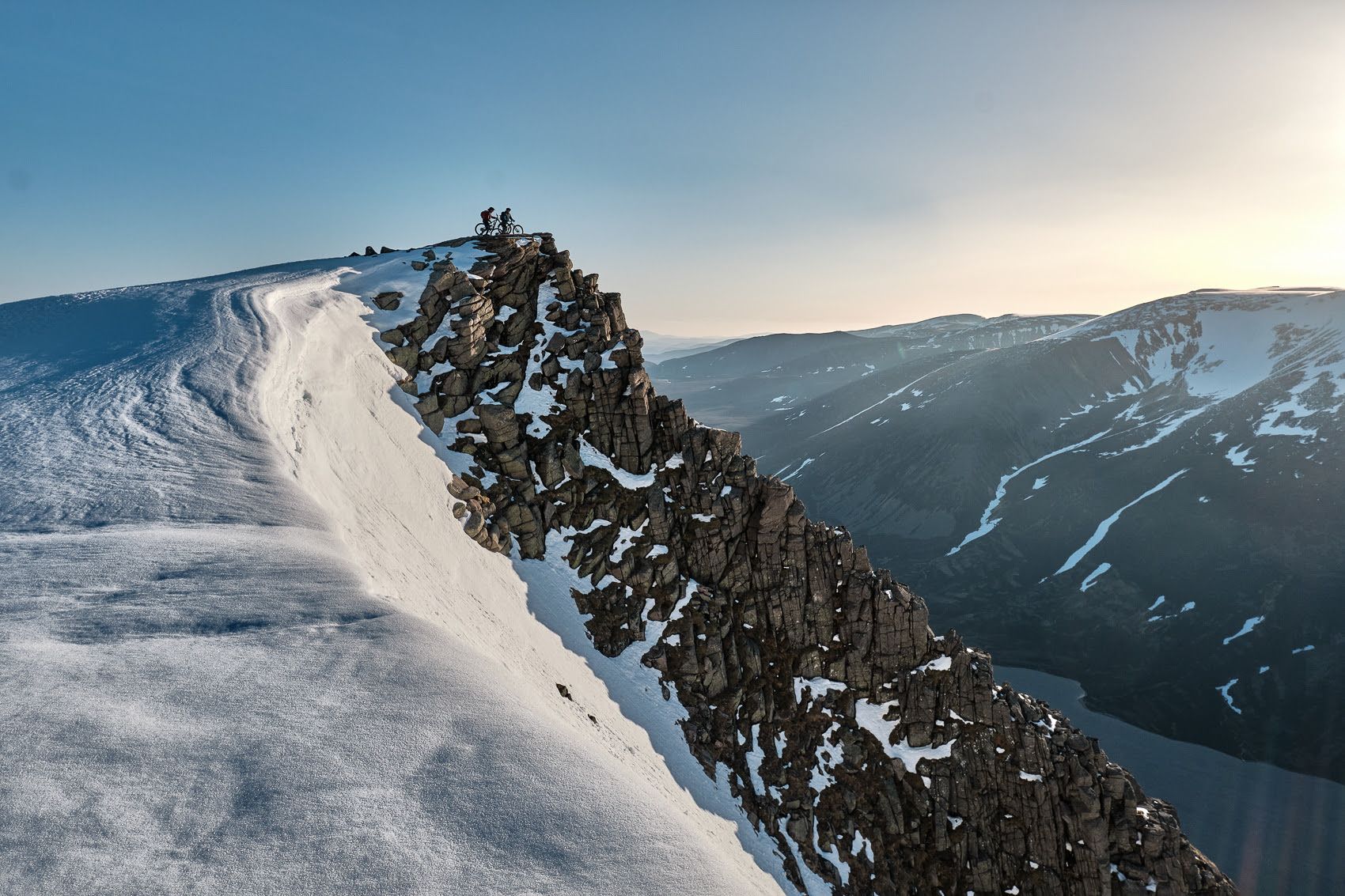
Glen Feshie
As you approach the tree line in Glen Feshie, you’re met by the first sight of the Green Soldiers. Young pines marching up and out of the valley floor. These are the proud infantry in the rewilding army, forging a new future and returning the landscape to its former self. They’re the heroes of this story and support aims to reach targets of woodland cover in Scotland of 21% by 2032. This, among other vital targets, should rebalance and restore such landscapes.
As we ride among these Green Soldiers we meet up with Ronan Dugan, an ecologist working within Glen Feshie. Mountain biking has always been a pastime of Ronan’s, but his passion is to restore the natural environment within the Cairngorms and play his part in fighting the climate crisis that shines. The rewilding of Glen Feshie is part of a long term vision backed by owner Anders Povlsen. The work is part of the wider Cairngorms Connect project which has a 200-year vision aiming to enhance habitats, species and ecological processes across a vast area within the Cairngorms National Park. We use the term rewilding carefully here as it can be interpreted in many ways.
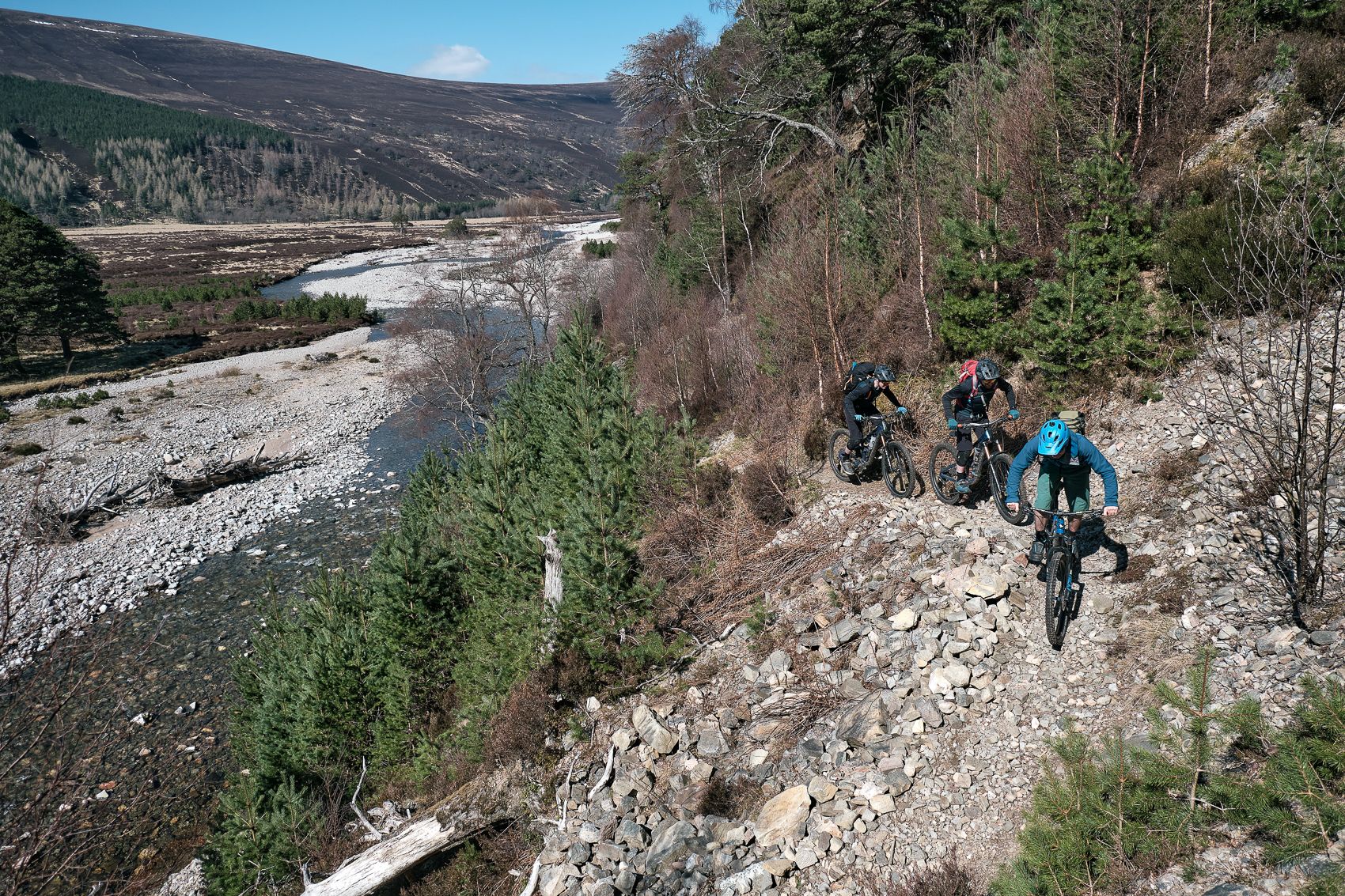
How Recreation and Tourism Can Help
It seems like Glen Feshie is representing a pivotal opportunity to return the lands to what they once were. Letting nature take over and managing the access and connection that outdoors users have with it.
As we venture deeper into the Glen, discussions turn to how recreation and tourism can work to support these regeneration efforts. Over coffee with Ronan, we consider our impact as riders and hill users, but also acknowledge the opportunities attracting people to the area can have. Visitors generate income which allows estates the kind of continued investment that enhances and maintains their scenic locations. Currently, this estate and surrounding owned by Povlsen are reportedly subsidised to the tune of £1.6m per annum, something which ultimately isn’t sustainable. As individuals, we can enjoy the health and well-being benefits that come from accessing and exploring the wilderness. Whether we visit on foot, bike or even horseback, our visit to Glen Feshie has put into question what our relationship with our surroundings should look like and how we can contribute to their protection while still benefiting from them. It’s through following the example of forward-thinking landowners like those involved with the Cairngorm Connect project that our true wilderness will return.
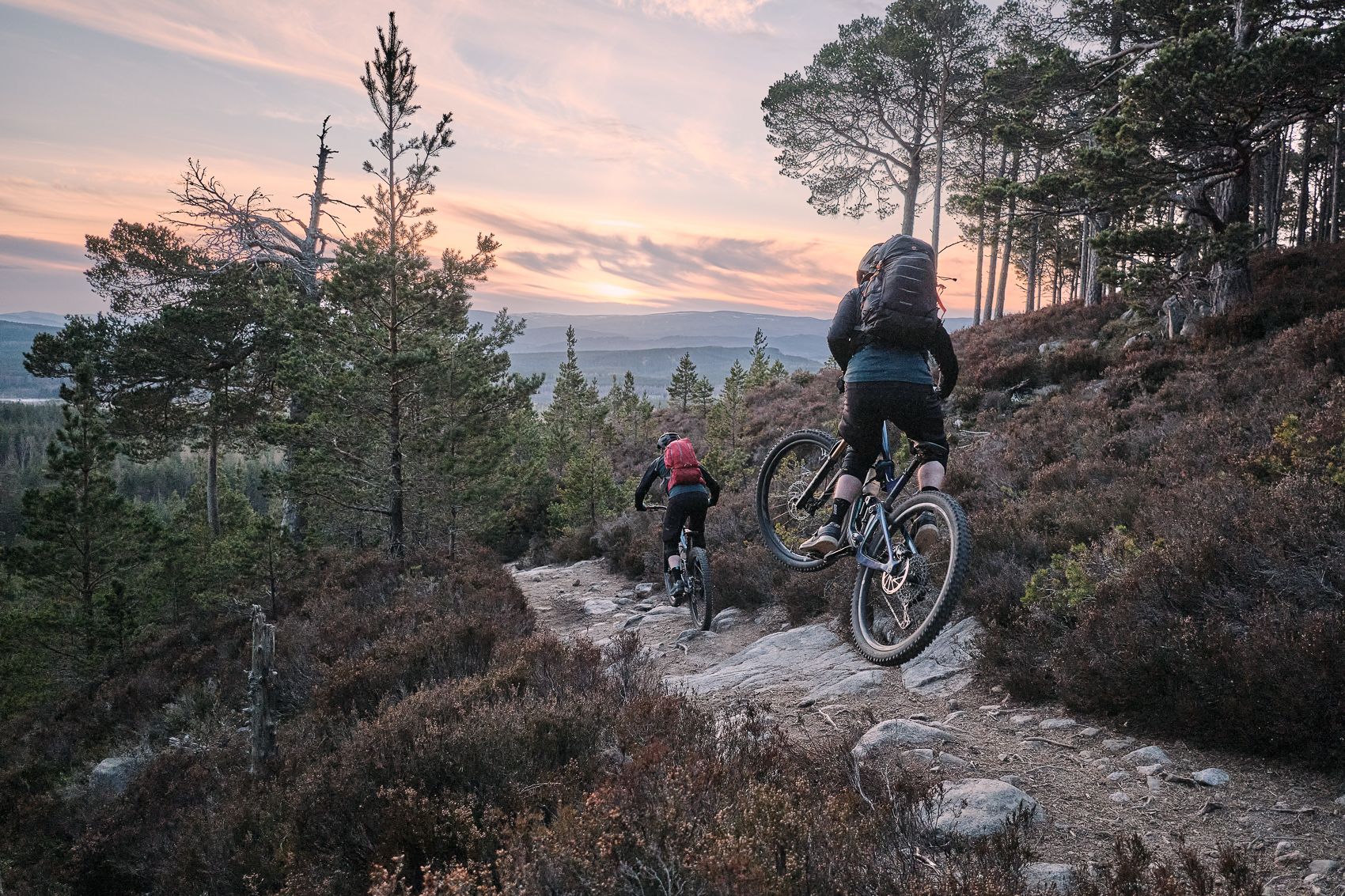
As the warm evening sun dipped over the horizon, we completed the last of our descents through this stunning and fragile landscape and had time to reflect on how we as riders access land responsibly. How can we support projects focussed on improving biodiversity and what should our relationship with nature look like? While the debate is ongoing we figure a good start is choosing to stand firm among those Green Soldiers forging on with the frontline work. We’re excited to return in the future to see the pines, birch, rowan, willow and other species support a rich habitat with increased biodiversity.
Singletrack Merch
Singletrack Sponsored Features
Featured Premier Partner
Join our mailing list to receive Singletrack editorial wisdom directly in your inbox.
Each newsletter is headed up by an exclusive editorial from our team and includes stories and news you don’t want to miss.





It’s good to know that projects like this exist. Let’s hope more spring up as time goes on.
The shot of the riders in the dark in the distance was great; it gave a fantastic sense of scale.
I’m dubious about the authenticity of this move. The motives are good, no doubt, but Scotland was not wild. The Highlands had a bigger population than the Lowlands.
The so called wilderness areas are actually a depopulated areas as a result of deliberate clearances.
There used to be cattle roaming those hills before the sheep were moved in and destroyed the environment.
What Scotland needs are people back in those hills.
Stunning scenery – a great film and a great idea – agree with both comments above, but also find this a fantastic idea that is happening. The bike riding was secondary to the scenery and message.
Anyone know how to contact the estate (or the owner in particular)? He sounds a rather interesting person and would be worth a chat with him I reckon.